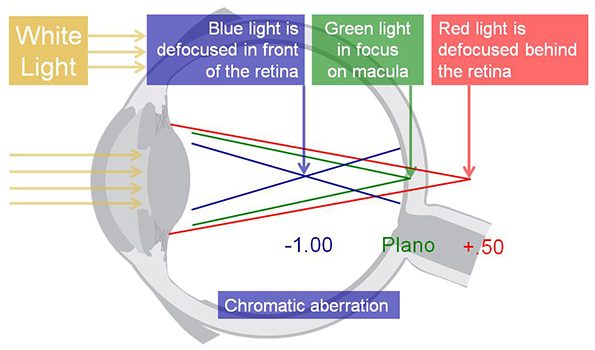What's the difference in colors on shooting glasses? I usually just grab some cheapo clear ones but recently found a deal on wiley x glasses and seen they come in smoke, clear, vermillion or smoke, clear, light rust. Vermillion is like a pink color and light rust is orange color and yellow by itself.
what do you guys prefer? im shooting defensive pistol matches and rifle.
what do you guys prefer? im shooting defensive pistol matches and rifle.


